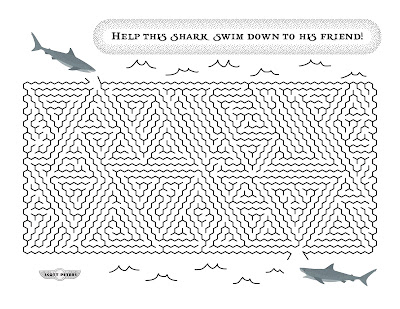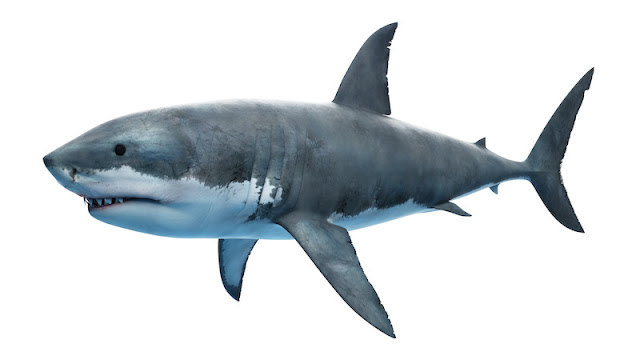Welcome to Part 3 in our special series on sharks.
Did you know?
WHAT TO DO IF A SHARK ATTACKS
The shark's weak spots are its delicate eyes, gills, or snout. Aim for these if necessary to escape. Pound the shark in every way possible. Claw or jab at the eyes and gill openings.
Shout for help.
If you have a paddle, surfboard, or bodyboard, use these to strike the shark instead of your bare hands or feet. The shark’s skin is extremely rough and can scrape you.
Do not play dead. Do whatever you can to get away.
If bitten, try to leave the water calmly and swiftly. While many sharks will not bite again, you cannot rule out a second attack.
Try to stop any bleeding. If surfing or bodyboarding, use the leash as a tourniquet.
Get immediate medical attention.
HOW TO HELP A SHARK BITE VICTIM - Control the bleeding by applying firm pressure, by tightly wrapping the injury, or with a tourniquet.
- Remove the person from the water as soon as possible
- Protect victim from cold by wrapping in blanket or towels to minimize heat loss.
- Do not move victim unnecessarily.
- Call 911 for immediate medical help.
A FINAL NOTE Sharks are dangerous but we must remember that the ocean is their home. They play an important role in keeping the oceans in balance. The United States is a leader in promoting the global conservation and management of sharks.
Be sure to come back tomorrow for a fun printable shark maze!










